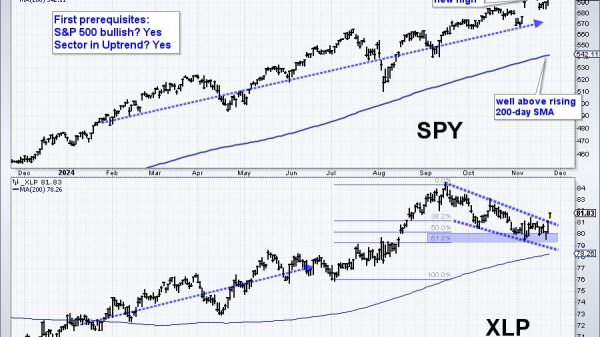Marc Joffe
Enacting legislation and realizing its purported benefits are two very different things: a lesson now being learned by supporters of the 2021 Infrastructure Investment and Jobs Act (IIJA), known colloquially as the bipartisan infrastructure bill. The law, which dedicated $1.2 trillion to a variety of infrastructure initiatives, has yet to yield many of its expected deliverables.
Recent headlines have exposed two glaring implementation shortfalls. Although the IIJA included $42.5 billion for rural broadband, these funds have yet to add any high‐speed internet service to the nation’s countryside. And $7.5 billion allocated to electrical vehicle charging infrastructure has produced only eight federally funded charging stations to date.
Among the reasons given for the slow progress on these initiatives include complex requirements for grantees, Buy America requirements, and preferences for unionized employees and those who have been involved with the justice system.
These factors, along with general inflation, are also impacting transit and rail projects championed by IIJA supporters. Some of these projects may never materialize, while others will take a decade or more to complete while serving only a limited number of passengers.
Amidst escalating costs, Houston Metro decided to pause construction of a 25‐mile bus rapid transit line that would have received $939 million of IIJA funds. Metro staff estimated that the University Corridor BRT’s construction cost would have been $2.28 billion versus a previous estimate of $1.57 billion, and that annual operating and state of good repair costs for the line would have totaled $323 million. This is a lot of money to transport an estimated 19,400 daily passengers.
Another IIJA‐funded transit project facing cancellation is New York’s Second Avenue Subway extension. After Governor Kathy Hochul pulled the plug on the Manhattan congestion pricing initiative, the Metropolitan Transportation Authority no longer has enough money to cover its $4.3 billion local share of the project, which would have attracted $3.4 billion in federal funds. It remains to be seen whether Hochul will reverse course on congestion pricing after the November election.
If she does not, the Federal Transit Administration will have to allocate IIJA funds to even less worthy projects. And, California, home of the never‐ending $128‐billion high‐speed rail boondoggle, has several to offer.
For example, the FTA is considering a 1.3‑mile rail extension in San Francisco that has a total cost of $8.25 billion. The new segment will extend the lightly patronized Caltrain system further into San Francisco’s empty downtown. Next up would be a second rail tunnel under the San Francisco Bay even though utilization of the current tunnel is well below its 2015 peak. That project alone is likely to cost more than $45 billion and could single‐handedly absorb all remaining IIJA transit capital funds.
With respect to intercity rail, the largest share of IIJA funds are being devoted to Amtrak’s Northeast Corridor, which is a reasonable choice given the preponderance of passengers located between Boston and Washington. But the high cost of executing projects on this corridor limits the opportunities for service improvements. Instead, Amtrak will be largely treading water.
The biggest IIJA‐funded Amtrak project involves replacing infrastructure connecting New York and northern New Jersey, including a tunnel under the Hudson River and a bridge over the Hackensack River, which both date from 1910. A second project will replace a Civil War era tunnel west of the Baltimore station.
These two projects will last well into the 2030s (if not longer) and will cost $23 billion (before overruns). Once done, they will provide important reliability benefits but only minimal travel time improvements for those using Acela to get from New York to Washington.
And while passengers wait for the new projects, Amtrak service may well deteriorate. In June 2024, New York area passengers got a taste of what may be ahead as Amtrak service was repeatedly disrupted due to power issues.
So despite Congress appropriating tens of billions of dollars, the nation’s rail and bus passengers are likely to see little in the way of new travel options or speed improvements, especially over the next five years. Once all the money has been spent (by around 2040), it is safe to predict that only a small number of new passengers will be lured away from cars and planes.
























